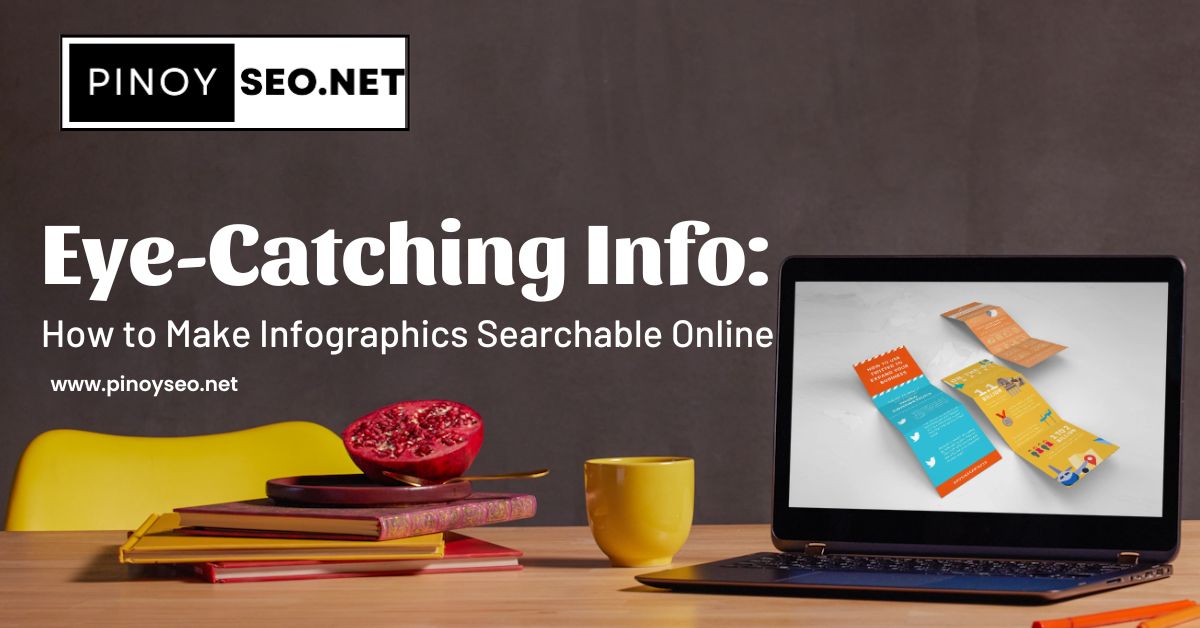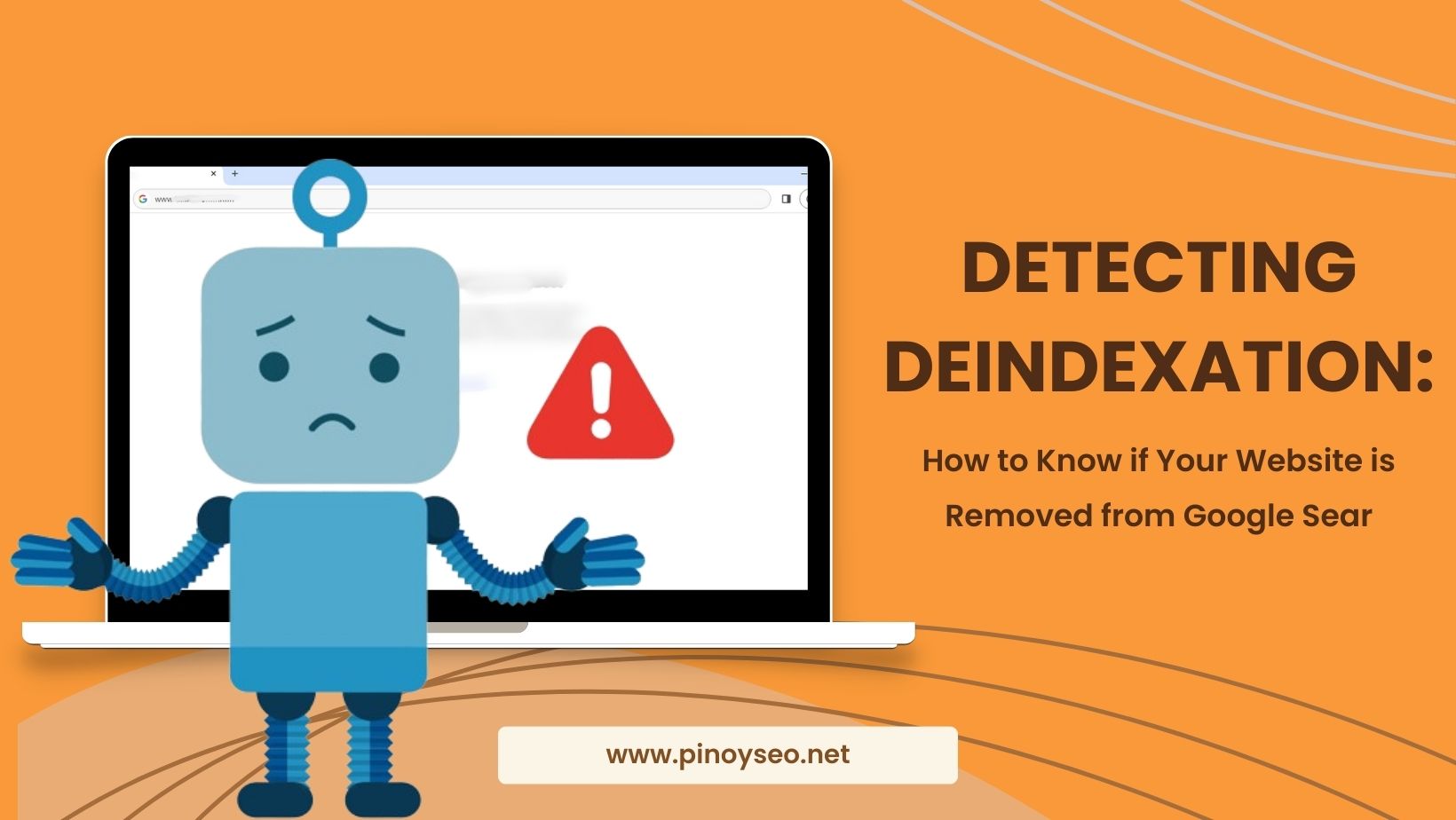Infographics are popular in today’s internet-based society because they display information in an appealing way. They can simplify and brighten difficult concepts and data. But if you want people to see your infographic, you should keep a few things in mind to make it searchable online.
1. Know Your Audience of Interest:
First and foremost, make sure your infographic is relevant to those who you want to engage. Analyze what topics or themes intrigue them and select the information that captures their interest and answers their needs as well.
2. Search Word Magic:
Before you get designing, do some “keyword research.” These are the words and phrases people use to search online. Find the ones your audience uses and sprinkle them naturally throughout your infographic, especially in the title. This will help search engines show your infographic to people looking for that info.
3. Visually Appealing? You Bet!
Infographics are all about visuals, but you want them to be clear and easy to understand on top of looking awesome. Use eye-catching colors, fonts, and images to make your infographic a treat for the eyes and a breeze to follow.
4. Keeping it Fast for Everyone:
When saving your infographic, use a web-friendly file type like JPEG or PNG. This will guarantee that content loads quickly and appears great on all devices, across PCs, phones, and tablets.
5. Helping Search Engines See:
Search engines can’t “see” your infographic, but they can read descriptions! Add “alt text” and descriptions to your images. Be clear and direct, and don’t forget to emphasize those keywords to help search engines fully understand what your infographic is about.
6. Sharing is caring:
Include embed codes this way people can easily share your infographic on their websites and blogs. This boosts the visibility of your infographic and helps search engines find it through “backlinks” (think of them as online recommendations).
7. Spreading the Word on Social Media:
Get the social media love flowing! Include buttons or links for easy sharing on networks such as Facebook and Twitter. The more people share your infographic, the more people are going to see it and explore your website.
Remember that creating infographics for search engines involves keeping them relevant, keyword-rich, visually appealing, easy to share with others. By following these recommendations, you can turn your infographic into a powerful tool for delivering your message and reaching a bigger online audience.


